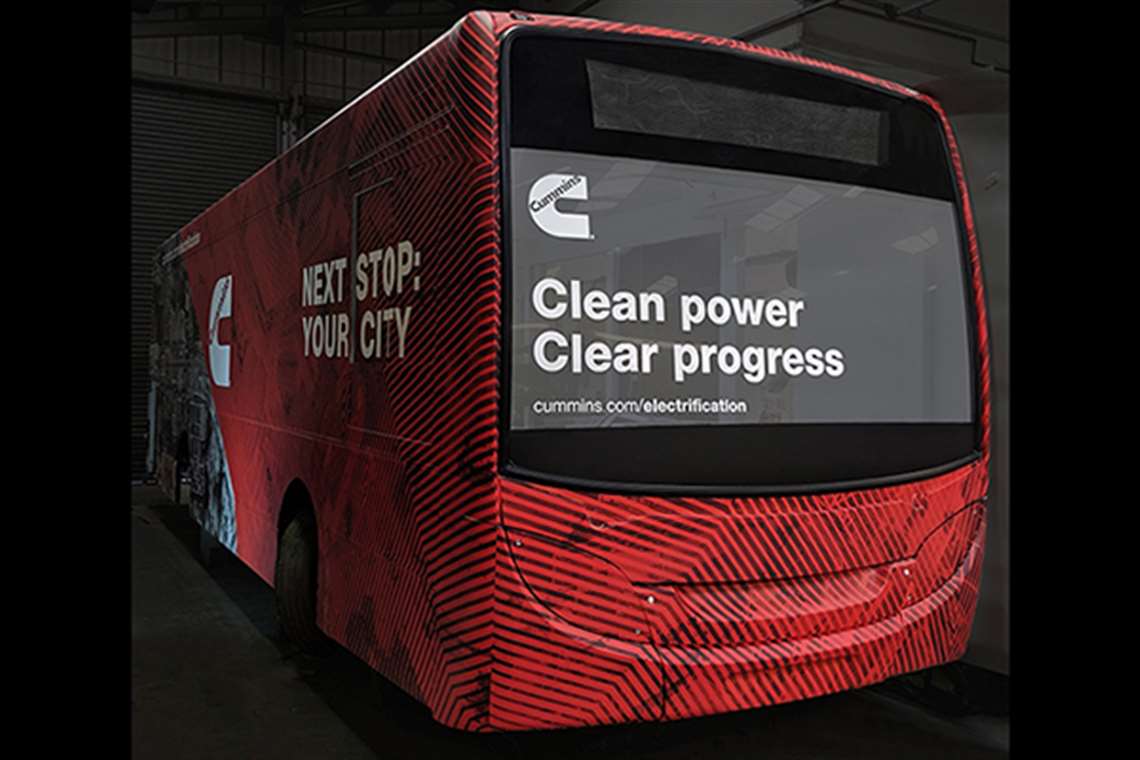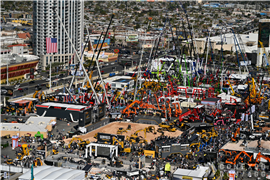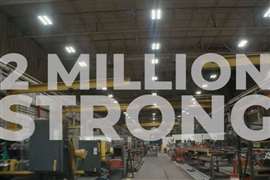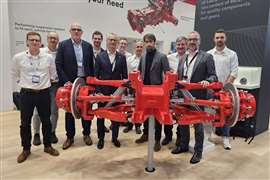Cummins, Bustech To Build Electric, Fuel Cell Buses
09 October 2020

Cummins and Bustech, Australia’s largest supplier of transit buses designed, engineered and manufactured in Australia, announced an agreement to build the next generation Bustech XDi low floor transit bus using Cummins zero-emission battery electric and hydrogen fuel cell technologies.
The agreement provides for initial vehicles to be developed for both battery electric and fuel cell electric, with plans to ramp up production in late 2021 and early 2022, respectively.
“We have leveraged Cummins diesel technology for many years to produce over 500 integrated chassis, and now we are excited to work together to deliver the next evolution of the platform,” said Christian Reynolds, group managing director at Bustech. “With technology evolving rapidly and a long vehicle lifecycle, we know customers need a vehicle architecture that provides commonality but allows them to adapt. We are focused on value for money and total cost of ownership.”
Cummins debuted its battery electric system in 2019 after extensive development, testing and validation. Cummins battery packs, which form an integral part of the battery electric powertrain, are designed and built by Cummins and incorporate a lightweight enclosure and flexible, energy-dense modules, all controlled by a proprietary battery management system (BMS). Within the system, the packs can be scaled from 444 kWh to 518 kWh. The battery electric powertrain for Bustech will have a range up to 350 km between recharging, Cummins said.
The Cummins fuel cell electric powertrain will maintain a large amount of commonality with the battery electric system and will be built on the same chassis from Bustech. Cummins, which acquired Hydrogenics Corp. in 2019, said it will combine Cummins proprietary batteries with its 90 kW proton exchange membrane (PEM) fuel cell to provide a 450 to 600 km range, based on various onboard hydrogen storage options.
“Cummins shares our philosophy of building a vehicle platform to ease the transition to zero emission vehicles. An operator can select the best energy solution for a route, taking advantage of the unique properties of the battery and hydrogen powered vehicles. The updated XDi architecture simplifies mixed fleet vehicle maintenance through the quantity of shared components,” said Gregg Dinning, chief technology officer of Bustech. “Leveraging Cummins knowledge of zero-emissions technology and powertrain operation in Australia enables Bustech to deliver a vehicle that is optimized for Australian conditions from conception.”
To support Bustech’s XDi zero-emission products, Cummins will provide local service to customers through its company-owned distributor network, which has more than 35 branch locations in Australia and New Zealand. The electric and fuel cell powertrain components will be manufactured in the United States, with final assembly and integration into the buses taking place in Australia.
“We are excited to continue working with Bustech to provide the next evolution in clean, dependable solutions from Cummins,” said Amy Davis, president of New Power at Cummins. “Our ability to offer a full portfolio of solutions, allows our customers to seamlessly transition to one of several decarbonized solutions depending on their needs and specific use case. With a global support and service network already established, we’re equipped to support customers as they integrate zero-emission vehicles into their fleets.”
POWER SOURCING GUIDE
The trusted reference and buyer’s guide for 83 years
The original “desktop search engine,” guiding nearly 10,000 users in more than 90 countries it is the primary reference for specifications and details on all the components that go into engine systems.
Visit Now
STAY CONNECTED




Receive the information you need when you need it through our world-leading magazines, newsletters and daily briefings.
CONNECT WITH THE TEAM












